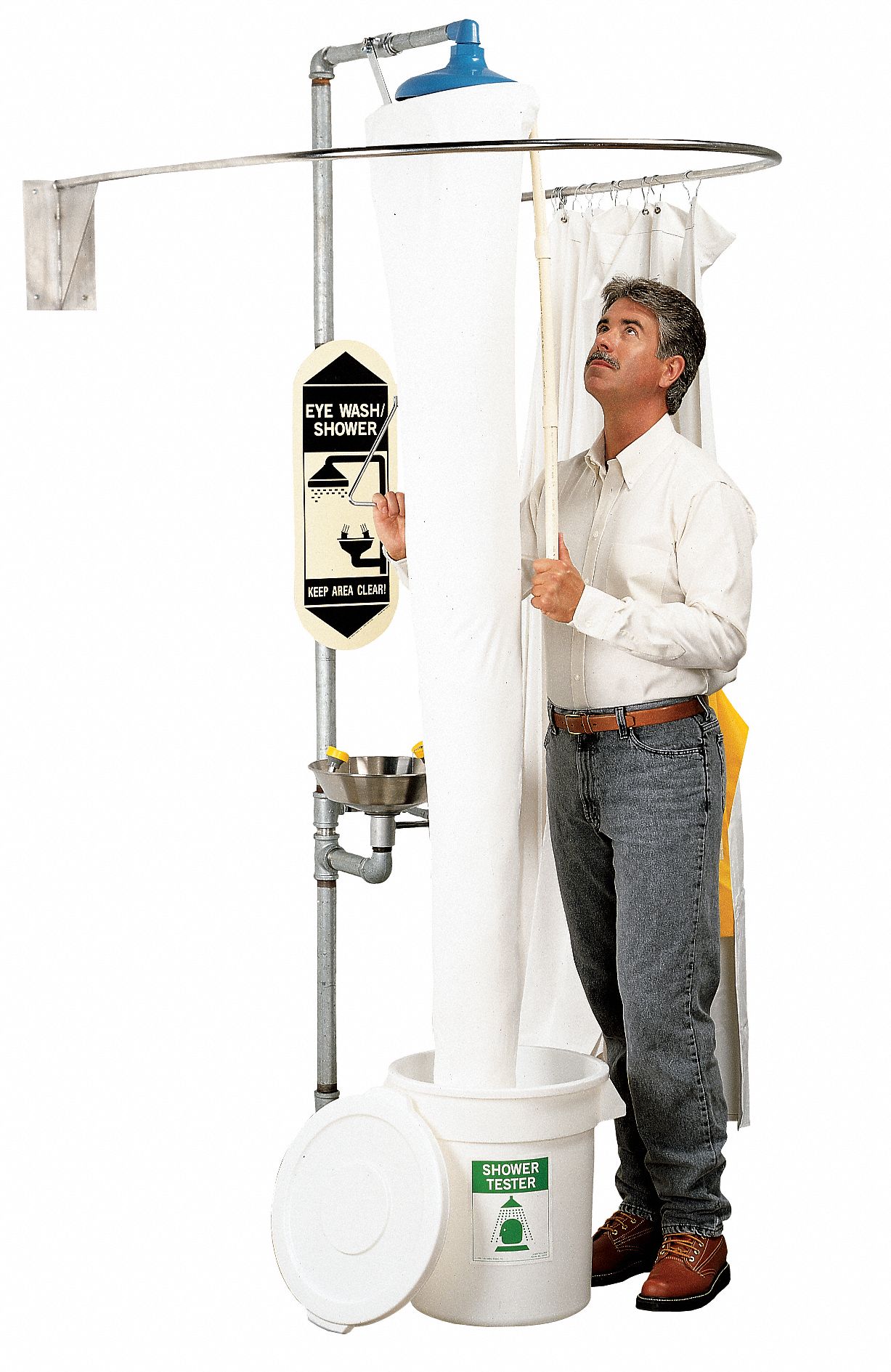Safety Shower – The Main Laboratory Rules and Safety
Chemistry labs consist of particular significant hazards and risks. As lab assistance, you need to find out how to work securely with these threats to avoid any injuries to yourself and other people around you.
For that reason, it is your duty to make a constant effort to think of the potential dangers connected with what you are doing and thinking about how to work safely to reduce these dangers as much as possible.
According to Method Malaysia, here are the following guidelines which are created to assist to comprehend and act according to the principles behind them to assist everyone to remain as safe as possible.

Please make certain you recognize with the preventative security steps, threat cautions and treatments of the experiment on the spill kit Malaysia or when you are carrying out prior to you begin any work. Click here to know more!
Bear this in mind, anybody who stops working to be governed by the Safety Regulations undergoes the disciplinary action and possible elimination from the lab and course.
Security Rules
To start with, obtain knowledgeable about the security info offered to you about each of the experiments. This similarly includes the manual, security standards, or any other published information offered.
When managing the experiment, you similarly are recommended always to use safety glasses. Contact lenses are strictly forbidden; you also require using a face guard when asked for by the laboratory assistant.
Next, the shoes should cover the foot and heel. You also should use a laboratory coat with long pants in all chemistry labs.
You similarly require guaranteeing your workspace and the standard workspace neat. Please guarantee the aisles that there is no any object unblocks safety showers and entrances.
The vapours of many natural solvents are flammable or flammable. Do not expose electric triggers, open flames or heating components to the organic solvent vapours.
Rapidly flood the eye at emergency eyewash with water to get rid of the chemical and water down if splashed into the eyes. Hold the eyelids open up to assist with the procedure. Constantly flush the eyes for a minimum of 20 minutes.
Chemical Safety
The vapors of numerous natural solvents are flammable or combustible. For that reason, keep all the combustible things in the flammable cabinet. Do not expose electrical triggers, open flames or heating components to the organic solvent vapours.
Moreover, great deals of chemicals are hazardous, so avoid directly smell or taste the chemical. If required, you can do so by fanning the vapours towards your nose.
It is smart to never take in the dust or fine powders. When required, you can use fume hood along with the individual protective equipment.
You are needed to be very cautious and careful when transferring, distilling or refluxing unstable liquids and do not return pre-owned chemicals into the chemical cabinet.
You also require making certain that all the test tubes or IBC pallet in Malaysia which consisting of reactions are pointed far from individuals, specifically when they are being warmed up.
First Aid
Chemical Spilled on the Skin Over a Large Area
Remove all the infected clothing while utilising the security shower to flush the chemical from the skin instantly when there is chemical spilt. Regularly to rinse the affected location with water for a minimum of 20 minutes and do not utilise chemical neutralisers.

Chemical Splashed into the Eyes
If sprinkled into the eyes, rapidly flood the eye at emergency eyewash with water to remove the chemical and dilute. Hold the eyelids open to assist with the procedure. Continuously flush the eyes for a minimum of 20 minutes.
Also, utilize some tidy dressings over both eyes and schedule instant medical help, in spite of the intensity of the injury.
Burns
On top of that, burns are the most typical injury in the chemistry laboratory. There are generally of either the chemical or thermal type.
For this reason, make an application for the first aid for the burnt surface of the thermal type that includes immersing the burned part in the freshwater or utilizing the ice bag to avoid and minimize the pain blistering or swelling.

